Wind and Solar Energy Take the Lead Over Hydropower
R-Squared Energy
SEPTEMBER 18, 2023
Previous topics covered were: Global carbon dioxide emissions Overall highlights Oil production and consumption Natural gas production and consumption Coal production and consumption Global nuclear power trends Today, I will cover renewable energy in detail. ROBERT RAPIER For perspective, in 2010 the world consumed 10.6


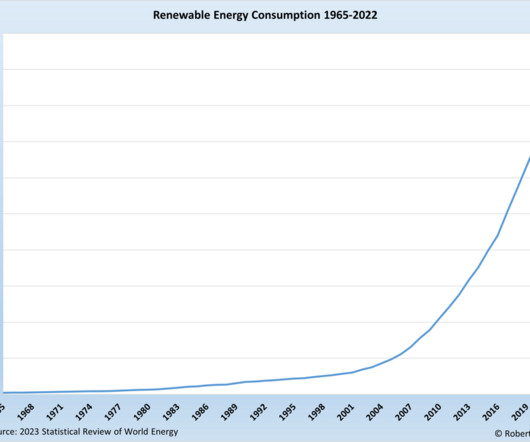
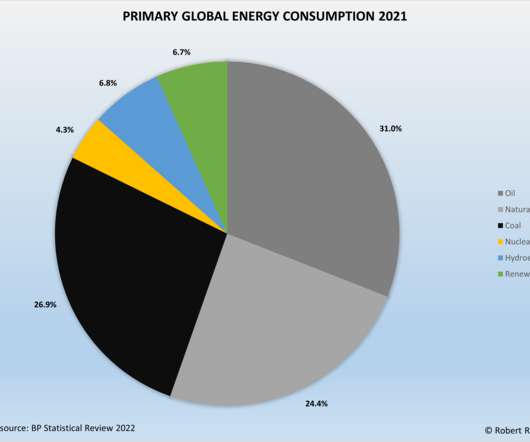
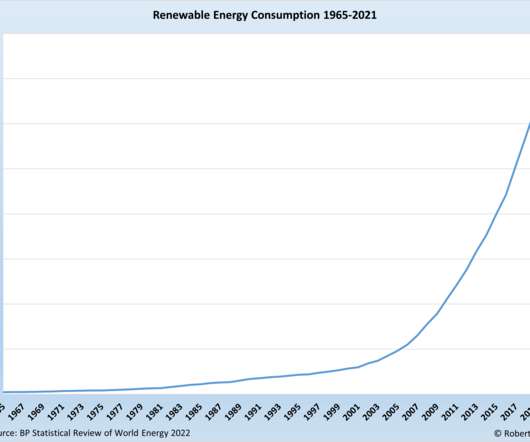





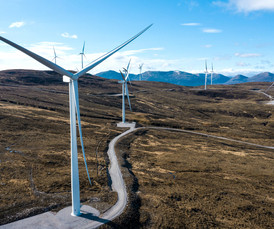

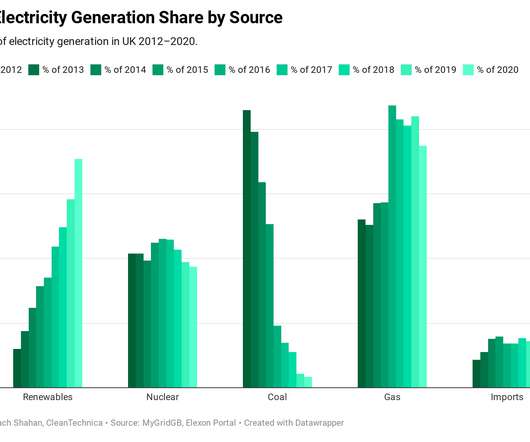
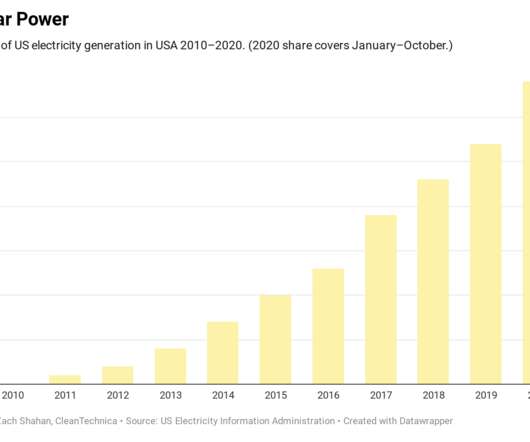








Let's personalize your content